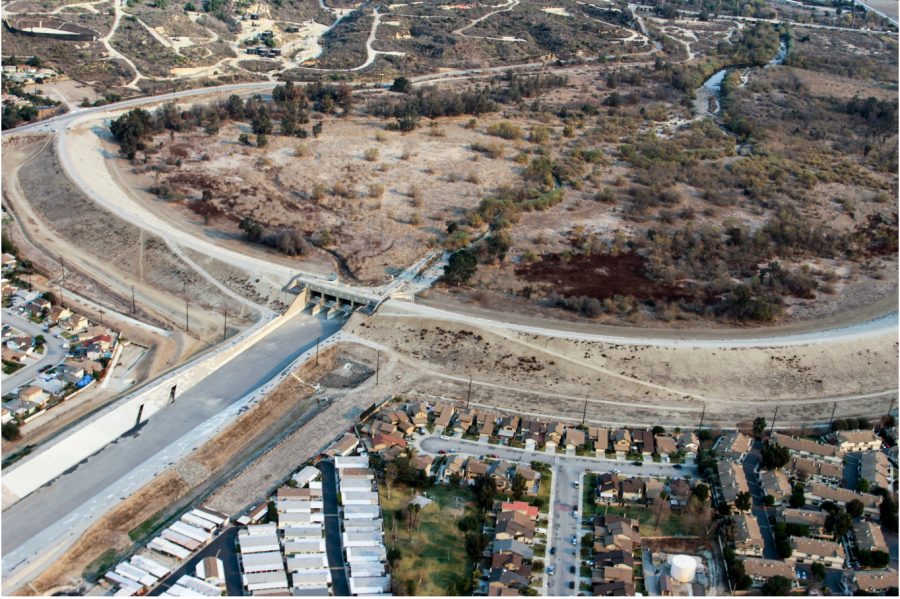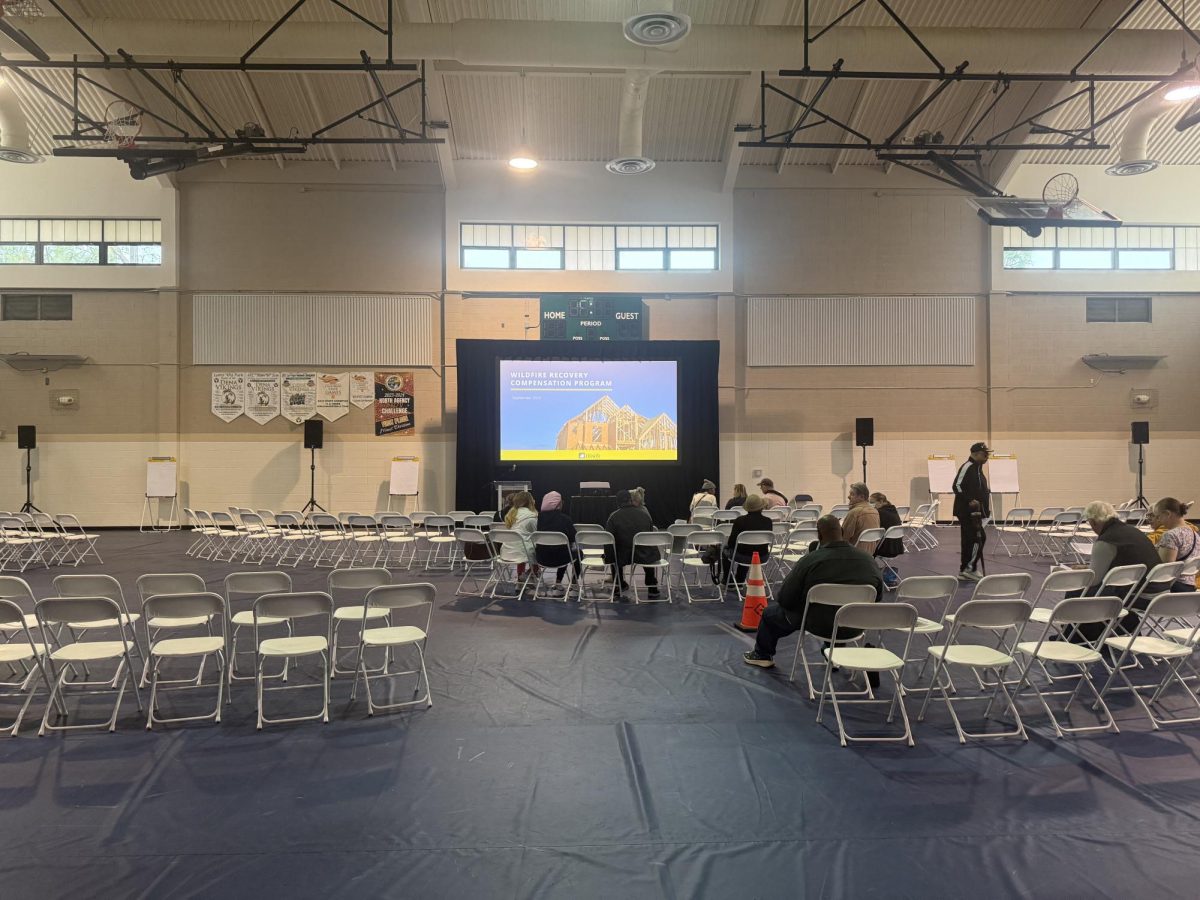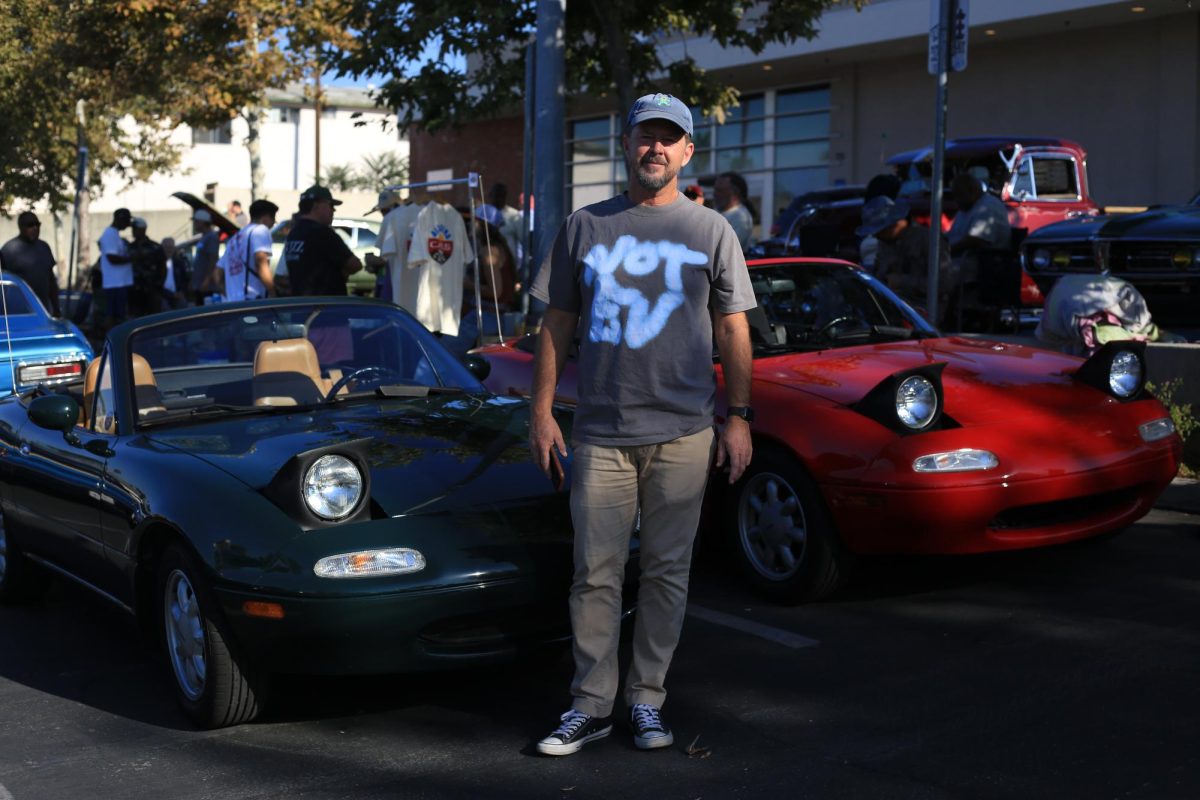Heavy rainfall in February and reports about how future storms could affect the Whittier Narrows Dam in Pico Rivera has caused somewhat of a frenzy in the city.
Some residents called council members while others are posted their angst on social media.
The Army Corps. of Engineers recently held public hearings in Pico Rivera and Alhambra to discuss an environmental impact report about beefing up the dam, which is more than 60 years old. The report found that a rare storm that breaks the dam could cause devastating flooding in more than 20 cities in Los Angeles and Orange counties, including Compton, Lynwood, Bell Gardens and Long Beach.
The Whittier Daily News covered the issue, noting that it’s considered “the highest priority of any of the 13 ‘high-risk’ dams in the country.” The L.A. Times also ran a story about the dam. The Corps. reported that it started an “aggressive” dam and levee safety program after devastating flooding hit New Orleans in 2005 because of levee breaches during Hurricane Katrina.
At a recent Pico Rivera council meeting where the dam became a hot topic, Council Member Raul Elias said he had received a “great number” of calls from residents asking questions about the dam.
Some social media pages were also abuzz about the news.
“Woah! This is eye opening. My place would be flooded. God be with us. I’m thankful for flood insurance,” Vanessa Flores wrote on Facebook.
Commenting on another Facebook item, Irma Hernandez wrote, “They’re putting people in fear to become devastated by natural disasters and they are all aware of this for all the cities, why have they not done preparations to be ready? And get us out to safety? You just can’t alarm people and have them freak out. You have to have a plan.”
At the council meeting, Elias outlined the various problems that could arise if repairs aren’t made in time.
“The current condition of the dam and its repairs is a very complex issue that spans over many years and hundreds of millions of dollars that will dramatically impact the landscape of our city. Recreational land will be lost, our homeless problem will be multiplied, traffic will be congested, homeowners inconvenienced, and our public safety challenged,” he said, adding that a city ad hoc committee created to address concerns about the dam isn’t enough. He said he thinks there should be a permanent committee.
“We need to create a standing committee for the dam and the corps of engineers, since they are…fixtures in our community,” said Elias.
The mayor, Brent A. Tercero, said it’s something that can be discussed at a future meeting. He added, “The safety and security of our local residents always is a primary concern of the city, we absolutely want to make sure that were doing everything we can.”
Pico Rivera developed an evacuation plan with funding from the California Department of Water Resources and recently received an additional $300,000 to improve the plan and include cities downstream, according to the city’s website.
The improved evacuation plan will provide information on how residents will be evacuated, evacuation sites and notification procedures, according to Julia Gonzalez, deputy director of Pico’s Community & Economic Development Department. Twenty-five cities are included in the evacuation plan.
“The problem with the dam? The dam needs to be modified so that it withstands rare storm events. It needs to be strengthened,” said Gonzalez.
City leaders say there is no need to panic just yet; The chances of the dam failing are slim to none, 0.01 percent to be exact, according to Tercero.
There would have to be weeks of rain. “We do not need to worry,” Tercero said. Based on “the type of rain we are getting and we have received…everything’s fine.”
City residents who want more information about the dam can contact Robert Alaniz, of Milagro Strategy Group, at (626) 437-3354.
This story was originally published in the print edition of the University Times on March 5, 2019.
Community News reporters are enrolled in JOUR 3910 – University Times. They produce stories about under-covered neighborhoods and small cities on the Eastside and South Los Angeles. Please email feedback, corrections and story tips to [email protected].








